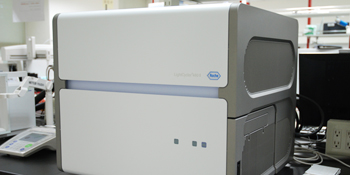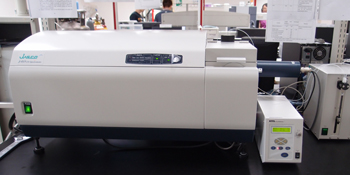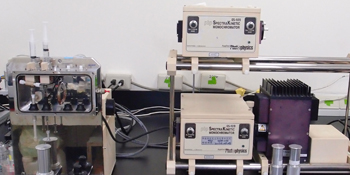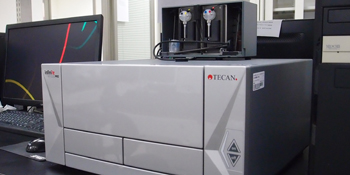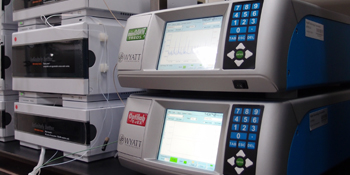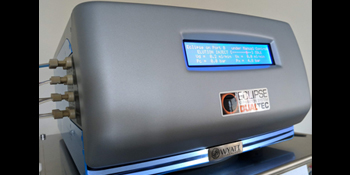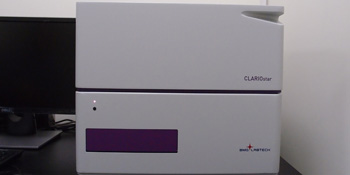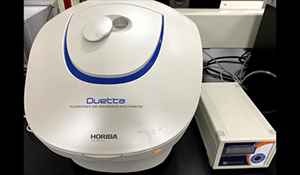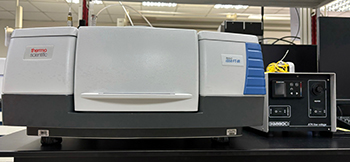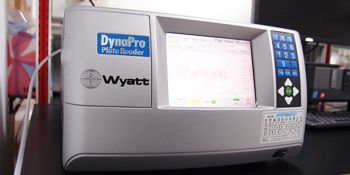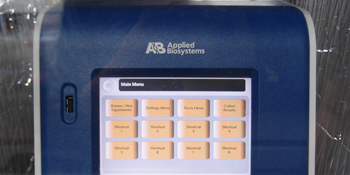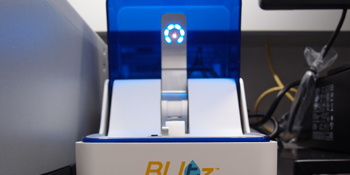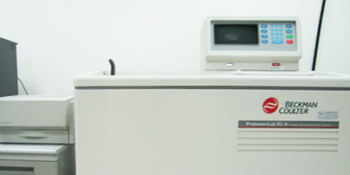
The analytical ultracentrifuge (AUC) contains an optical system allowing one to observe the movement of a sample and determine its sedimentation coefficient. As a versatile and powerful tool, AUC has been useful in characterizing the solution-state behavior of proteins and other macromolecules. The primary uses of AUC are: examination of sample purity、molecular weight determination、analysis of associating systems and detection of conformational changes.
The AUC(Beckman Coulter, Model XL-A) is located in IBC room402 and shares 50% of the instrumental time with The Biophysics Core Facility (BCF) of the Scientific Instrument Center, Academia Sinica. Please contact the manager for further information.


